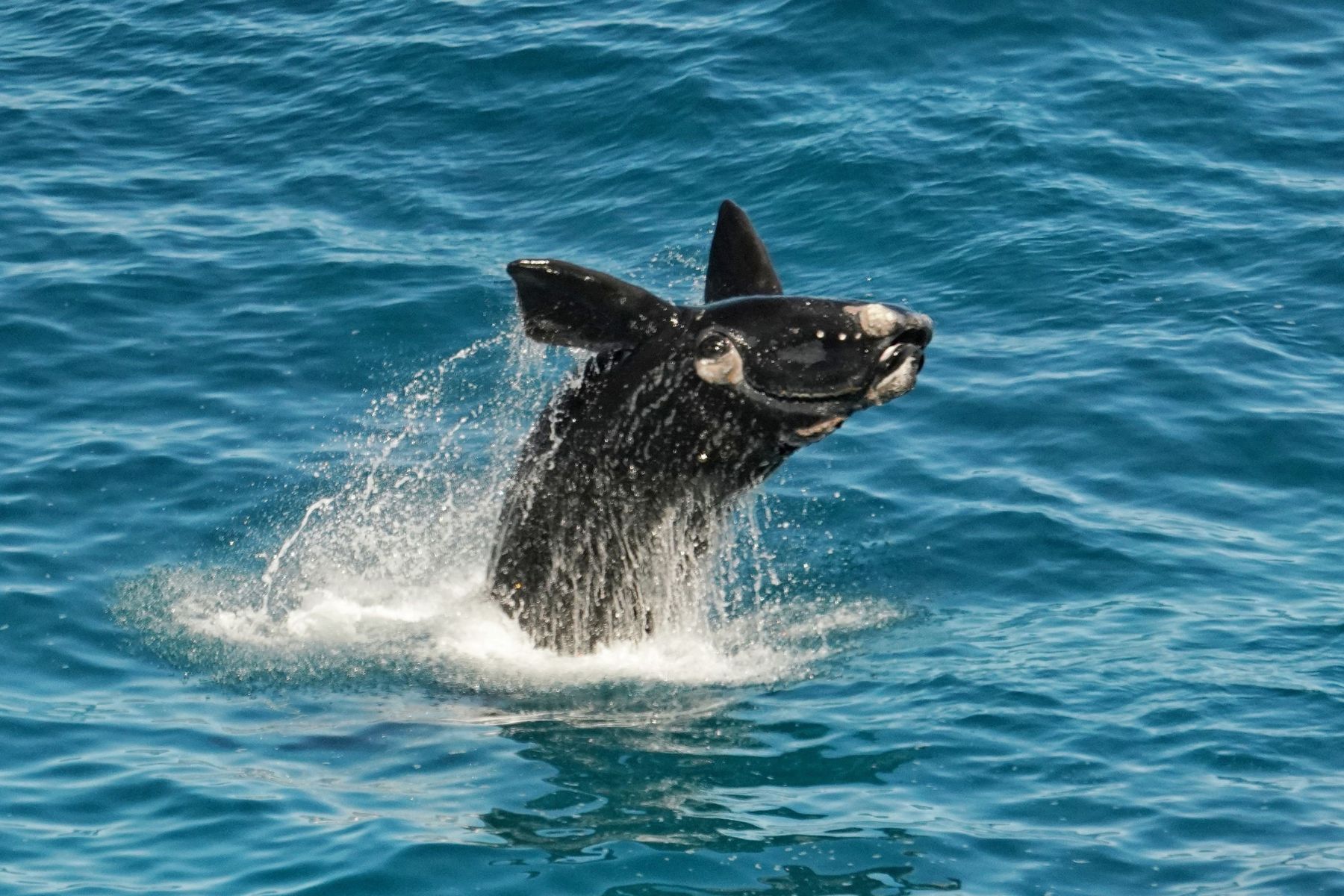Record whale numbers a ‘beacon of light’ in algal bloom crisis

Researchers have sighted the highest number of endangered southern right whales in almost a decade across South Australia, calling it a “beacon of light” for marine ecology and conservation efforts.
The endangered species, which was severely impacted by commercial whaling, now faces threats like climate change, fishing gear entanglement, and habitat degradation. The whales occupy the southern coasts of Australia between May and October for critical life stages such as calving, nursing, mating, and migrating.
The research, which was led by Flinders University and other experts, counted 200 whales across South Australia, including over 70 females and calves at Head of Bight, nine females and calves at Fowlers Bay and four females with calves at Encounter Bay – the highest numbers recorded since 2016.
“Often considered a flagship species for successful conservation management, we are starting to see some long-term reduction in reproductive success and growth,” said Flinders University PhD candidate Bridgette O’Shannessy, who co-authored a study on the southern right whales.
With population growth slowing and calving success declining in recent years, this year’s promising numbers demonstrated the importance of southern right whale research in the Great Australian Bight.
This year marks thirty-five years of southern right whale research in the Great Australian Bight, and thirty years since the Great Australian Bight Marine Park was established.

“With early sightings already reported at Head of Bight, Fowlers Bay and Encounter Bay, we are eagerly anticipating a bumper year after recent years of slower growth,” said Dr Claire Charlton, Chief Scientist of the Australian Right Whale Research Program.
“This research aims to assess distribution, abundance, life histories, health and behaviour to help inform management and policy and national recovery goals,” she added.
Stay informed, daily
The numbers are unaffected by South Australia’s toxic algal bloom Karenia mikimotoi, which has been devastating wildlife along the coastline. However, the bloom has not yet been detected in the western parts of the state where most of the whales are found.
Although government advice states that the bloom is not toxic to mammals, dead sea mammals such as dolphins have been found washed up along some parts of the coast.
The researchers’ findings demonstrate the importance of long-term scientific research into the habitats of the southern right whales, especially in critical nursery areas such as the Head of Bight.
“In recent decades, reproduction in both the eastern as well as our western populations in Australia appears to have levelled off, with aerial surveillance indicating a decline in calf abundance” said Associate Professor Luciana Möller, who works in the Molecular Ecology Lab and Cetacean Ecology, Behaviour and Evolution Lab at Flinders University.
Noise disturbance, fishing equipment entanglement, and other habitat disturbances are major threats to the recovery of whale numbers, according to Möller, emphasising the need for continued research and community efforts in protecting the whales’ breeding ground.








